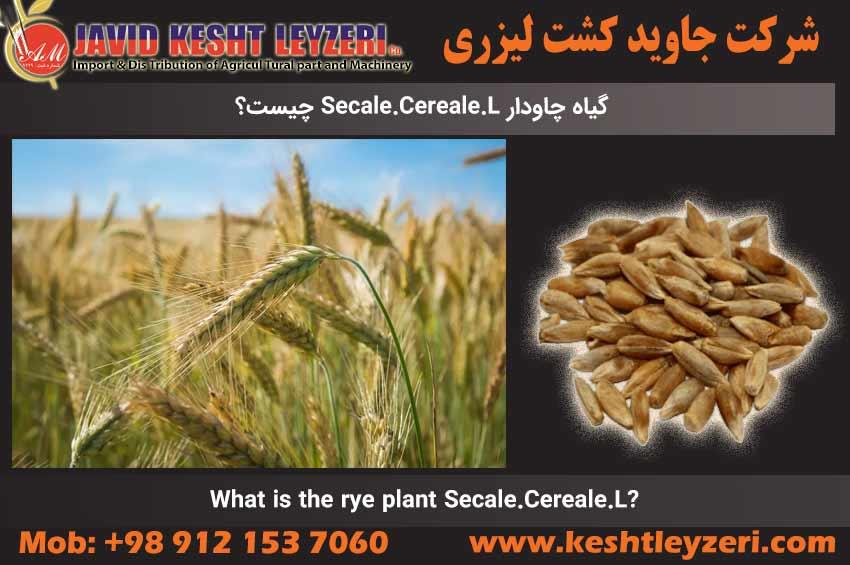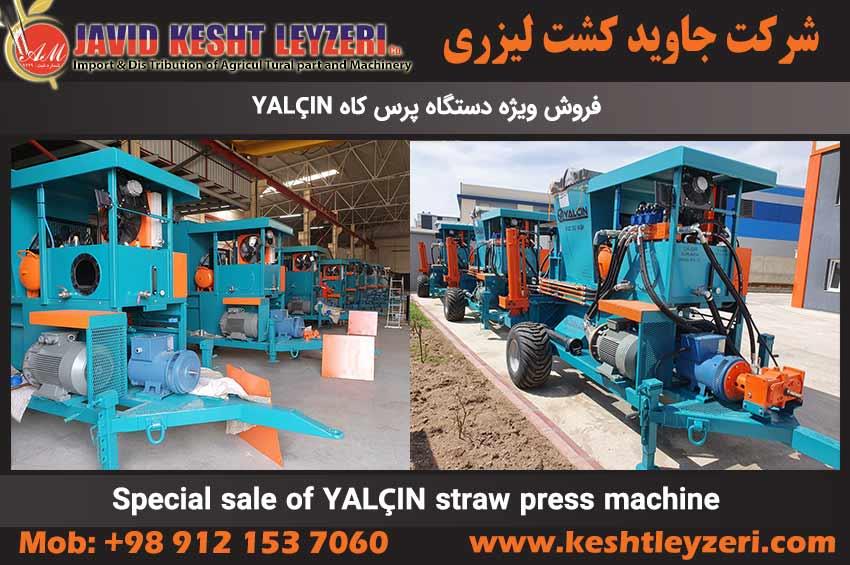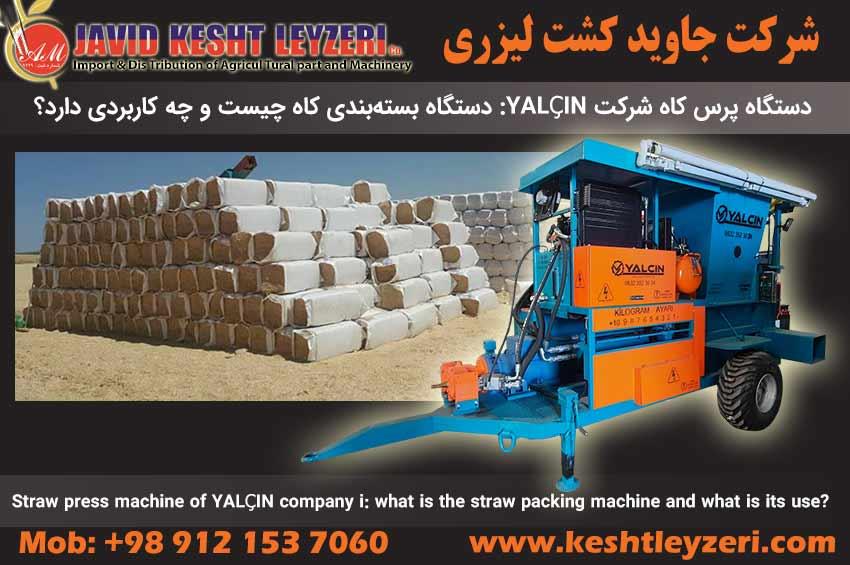
What is the rye plant Secale.Cereale.L?
javid keshtleyzeri Co.ltd
In this section, the following topics are reviewed:
What is the botany of the rye plant?
How is the planting and harvesting of rye?
Investigating the effect of winter rye cover crop (Secale cereale L.) on the density and biomass of weeds and the yield of fodder corn (Zea mays L.)
Investigating the allelopathic effects of rye weeds (Secale cereale L) and oats (Avena ludoviciana L) on the germination and growth of wheat seedlings (Triticum aestivum L)
Evaluation of ecotypes of rye (Secale cereale L.) native to Iran under drought stress conditions at the end of the season
The effect of rye (Secale cereale L.) nanocapsule extract on germination components of weed (Cuscuta campestris Y. (dodder)) and purslane (Portulaca oleracea L.))
Investigating the effect of rye (L. Secale cereale) competition on winter wheat growth indicators
What is the botany of the rye plant?
Cultivation of rye wheat is for the production of edible and fodder seeds, which are later used as animal feed. This plant is also more resistant to cold than wheat and barley.
In the field of botany, wheatgrass belongs to the wheat family and grows as an annual with long stems and numerous buds. The appearance of this plant is similar to wheat, but its stems are taller than wheat and may reach a height of 60 to 200 cm. Tillering is less than wheat and its root system is wider than wheat and barley.
Wheatgrass flowers in massed spikes, and each stamen of the spike axis contains small spikes that produce fertile seeds. Each flower has three stamens that pollinate as soon as the seeds ripen. As the seeds ripen, the stigma spreads out into a feather-like branch to release the pollen from the flower.
How is the planting and harvesting of rye?
At present, rye's resistance to cold is more than wheat and barley. In the regions where the winter cold is so severe that it is not possible to plant wheat and barley, rye is a suitable alternative. Rye's heat resistance is lower than wheat and its life span is shorter. This plant can be cultivated up to an altitude of 2400 meters and it is possible to cultivate it even in acidic soils. All the agricultural operations of rye are similar to wheat and barley. Its planting time is early fall and the amount of seed required is calculated as 110 to 200 kg per hectare depending on the method of cultivation. After each harvest, 50-100 kg of urea is used as vinegar. Rye grows quickly after sprouting, so that its fodder can be used well in late February.
Its green fodder yield is about 12 to 24 tons per hectare and rye grain is used to prepare bread flour, beer, crisp bread, some types of whiskey and vodkas along with the use of its fodder. Rye is the most resistant grain to cold and its grains are like wheat, but they are thinner and more elongated.
For rye seed to germinate, the minimum temperature must be between 3 and 5 degrees Celsius, and this plant shows compatibility with unfavorable weather conditions and poor, infertile and sandy soils.
The amount of rye grain production in 2020 in the world was about 15 million tons, of which 9.8 million tons were produced in the European Union. Rye is a native plant of Central Asia, Syria and Iran. The growth period of rye is about 270 to 280 days in the autumn season and its heat requirement is between 1750 and 2000 degrees. Its growth pH is between 4 and 8.
The average world yield of rye grain is about 2440 kg/ha and in European countries it is usually 3 to 5 tons/ha. Rye seed loss is more than wheat due to the lack of complete coverage of the seeds.
Rye is grown on poor, sandy soils, and its grain-to-straw ratio is usually between 3.5 and 3:1.
Investigating the effect of winter rye cover crop (Secale cereale L.) on the density and biomass of weeds and the yield of fodder corn (Zea mays L.)
Studying based on the research reported here, the experiment has been carried out with the topic of "investigating the effect of winter rye cover crop (Secale cereale L) on the density and biomass of weeds and the yield of fodder corn (Zea mays L)" . This research was conducted with the aim of determining the best density of rye planting and its planting time in order to reduce or control weeds in fodder corn fields.
The results of this research have shown that due to proper ground cover and allelopathy, rye is able to inhibit the growth of weeds, and in general, the first planting date of rye (one month before corn planting) has the greatest effect in reducing density. and weed dry biomass.
In general, in this research, the use of rye as a cover crop is suitable for corn weed control, and by combining planting density and appropriate planting date, it creates a favorable performance in fodder corn cultivation.
Investigating the allelopathic effects of rye weeds (Secale cereale L) and oats (Avena ludoviciana L) on the germination and growth of wheat seedlings (Triticum aestivum L)
In the study mentioned in this report, the allelopathic effects of rye weeds (Secale cereale L) and oats (Avena ludoviciana L) on the germination and growth of wheat seedlings (Triticum aestivum L) were investigated in laboratory and greenhouse studies.
Laboratory results have shown that rye seed extract and oat aerial organs have a greater allelopathic effect on wheat germination and growth than other organs. Also, rye seed residues at the time of applying different managements and oat seed residues also had a more inhibitory effect on wheat measurement indices. These results can be considered as an important step in the production of herbicides with natural origin
be paid
Evaluation of ecotypes of rye (Secale cereale L.) native to Iran under drought stress conditions at the end of the season
In the research article "Evaluation of rye ecotypes (Secale cereale L) native to Iran under drought stress conditions at the end of the season", an attempt has been made to investigate drought stress tolerance in rye ecotypes and identify genetic sources of tolerance. This evaluation included nine ecotypes of rye along with the commercial variety of rye Danko in two separate experiments with three replications in two consecutive crop years. The results showed that the drought stress treatment had a significant effect on the phenological traits, grain yield and biological yield, and some ecotypes had a higher tolerance to the applied drought stress, so that ecotypes No. 4 (KC13139), 119 (TN06-243) and cultivar Danko They were known as the superior ecotypes of this experiment. These results can be used and exploited in breeding programs in order to identify and introduce genetic resources tolerant to drought stress.
The effect of rye (Secale cereale L.) nanocapsule extract on germination components of weed (Cuscuta campestris Y. (dodder)) and purslane (Portulaca oleracea L.))
In the research article "Effect of rye nanocapsule extract (Secale cereale L.) on the germination components of weeds (Cuscuta campestris Y. (dodder)) and purslane Portulaca oleracea L.)", the effects of rye extract in biocompatible polymer chitosan/alginate capsule and extract Nanocapsules on purslane (Portulaca oleracea L.), sauce (Cuscuta campestris Y. (dodder)) were investigated. In a factorial experiment, the effects of the extracts obtained from aerial parts and roots of rye in different concentrations on germination and other traits were evaluated. The results showed that the root and shoot nano extracts with concentrations of 25, 50 and 100% completely inhibited the germination of purslane plant seeds and the nano capsule extract increased the allelopathic effect of rye extract.
Investigating the effect of rye (L. Secale cereale) competition on winter wheat growth indicators
In a research published in the Journal of Agricultural Sciences of Iran and published under the title "Study of the effect of rye L. (Secale cereale) competition on winter wheat growth indicators", the effects of rye competition on the growth of Mahdavi variety winter wheat were investigated and evaluated. . This experiment was carried out in the crop year of 2010-2013 in Karaj region with 24 treatments and 4 repetitions, and the effect of different densities of wheat and rye on growth indicators of winter wheat was investigated. The results showed that the increase in wheat density led to an increase in leaf area index and dry matter production, and the density of 550 plants per square meter of wheat had the most competitive power in the presence of rye. Also, the density of 550 plants per square meter of wheat had the highest grain yield, which the results confirm.






